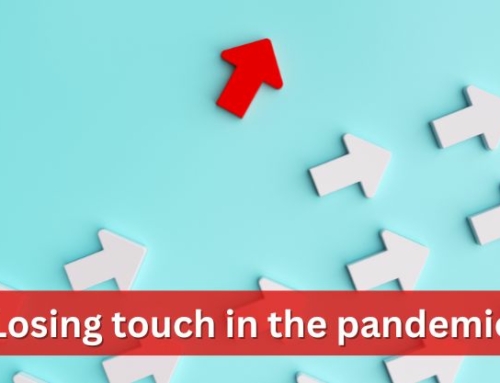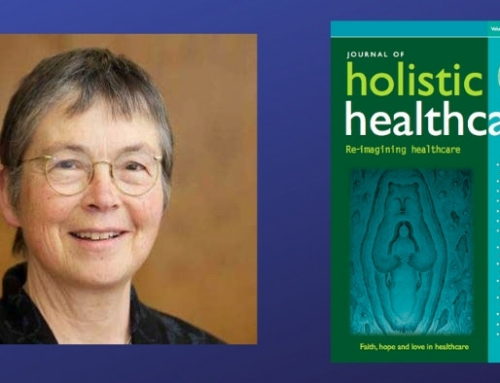A meltdown of old norms is stirring dark suspicions about maleness and men’s place in the world. Men commit most of the world’s murders and most often the victims are their partners or former partners. Are these men ‘naturally’ violent?
If we over-biologise gender differences, men are testosterone-driven aliens and women hormonally compelled babymakers. Societies woven around these assumptions split humankind along gendered faultlines so men hold the power. The notion that men are wired for aggression and women are programmed for nurturing offspring only serves to keep this obsolete show on the road.
Men dominated labour markets and ruled over production and government when women were economically dependent and work was physical. But these bastions of maleness are crumbling in a post-industrial information age, and women are in the ascendant. Do men feel surplus to requirements now that women control their fertility, get pregnant independently and rear children alone? An enfeebled patriarchy is making waves and pushing back: could domestic violence, terrorism, sexual harassment and child abuse be the death throes of a sick and redundant masculinity?
We are not held hostage by our genes as much as we are by the stories we tell. Let’s dump stories that force a political wedge between the sexes; we are one humanity. Yet there are many differences in the ways we become ‘en-minded’ and embodied: each one of us is an all too brief expression of evolution, ancestry, mind and culture, emergent in a particular place and time. Sociologists play down biological factors, imagining human nature as painted on a blank canvas in childrearing and culture. But the canvas is not blank; humans are biological beings, who share their potential for violence with other primates. The human prefrontal cortex makes self-awareness possible, but evolution hung on to what had worked before – the limbic brain. Its mammalian emotion systems trigger fast, effective emergency action in the wild: we respond to threat when we feel anger and fear, seek food, shelter, or mates because of hunger or desire. Then, once we feel safe enough or full enough, the threat circuits are supposed to turn off. But now the things that threaten us are hard to pin down, and highly subjective. We see the world through how we feel, yet can we feel ‘safe enough or full enough’ in a world shot through with deprivation, where background ‘threats’ are unremitting and subliminal, and where the media keeps hitting our hate and desire buttons?
These imaginal impulses keep the limbic system churning. And when powerful emotions stir up, they get acted out unless consciously noticed and tolerated. The limits of tolerance are set early on in life: secure attachment lays the neural foundations for emotion-processing in the infant brain; insecure attachment and persistent stress enlarge the amygdala – the brain’s smoke alarm for threat – so that limbic rage and fear are on a hair trigger. Small wonder that men living in brutish conditions – especially if they have experienced childhood trauma or too little love and security – are likely to run amok. Yet men as well as women have nurturing instincts: we are wired for empathy, and for tending and befriending, not just for strife and striving. Yet under ‘threat’, when life is harsh and society austere, mercy will be in short supply in someone with no sense of the ‘remembered safety’ needed for tolerating extreme emotion. Danger, despair or desperation turn off our other limbic circuits for kindness, care and co-operation. In his masterly exploration of the roots of contemporary male insecurity Anthony Clare (2000) calls for ‘the taboo on tenderness’ to be lifted from men, in the ways boys are reared and educated, but also in the way men can increasingly see their maleness reflected in their ability to be kind, to care and love.
‘We spend money on killing machines and wonder why our youngsters are so aggressive. We insist our children, from the earliest years, familiarise themselves with the intricacies of human biology, yet ensure they learn little or nothing of psychology until their own personalities are distorted beyond correction. And, rather than acknowledge the neglect we have shown towards structures such as marriage and family life, we resort to undermining their importance in the sum of human health and happiness.’
The present time feels like a tipping point, and the biology of human nature won’t change in a hurry. So the culture will have to respond to our urgent need to tackle deprivation, condemn violence and live with respect for difference. Evolution, now impelled by a resonance between Earth’s crisis and masculinity’s precarious predicament, depends on social and political action. It’s a synchronicity that invites compassion for ancient wounds and a reconciliation with the suffering Earth. Many are waking up, sensing their vulnerability and interdependence as precious and significant. To these men and women we dedicate this issue of the Journal of Holistic Healthcare.
By David Peters
Editor for the Journal of Holistic Healthcare.







